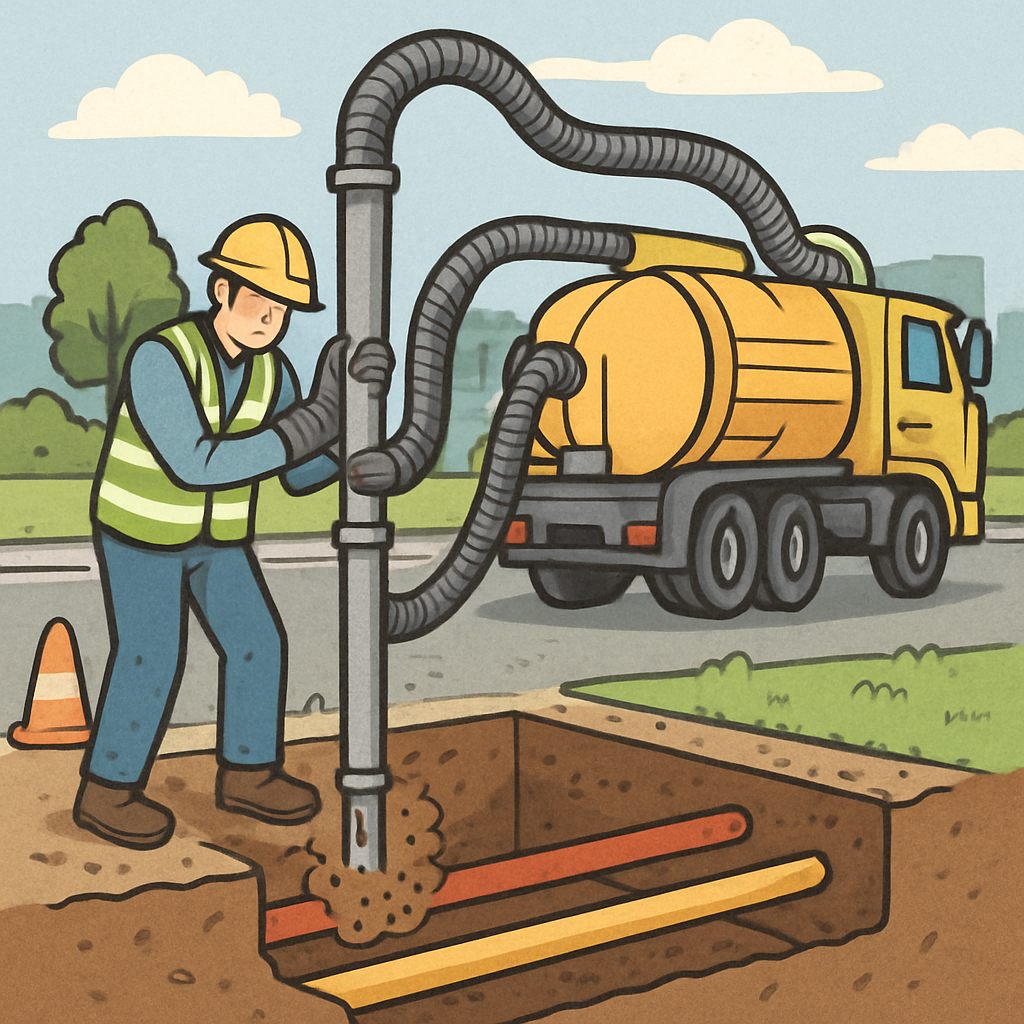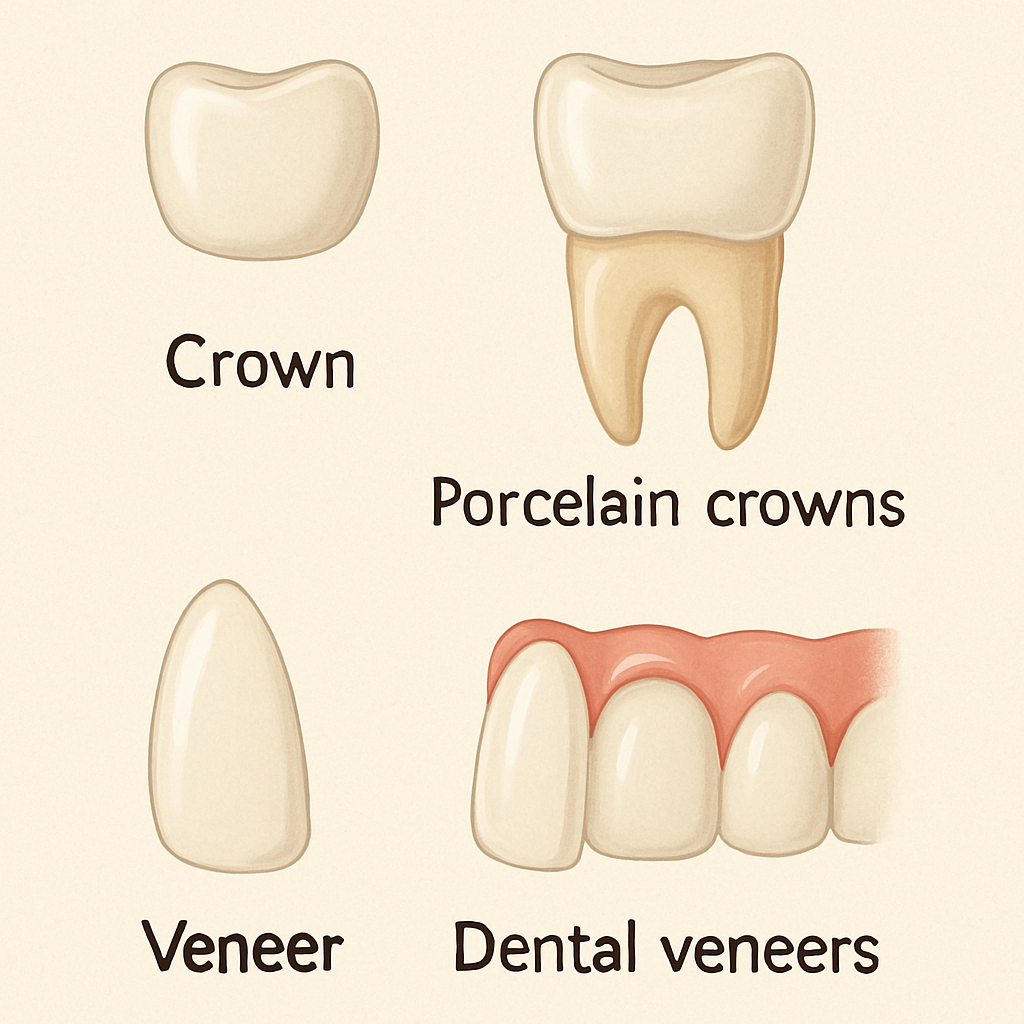Bricks as a building material have been used for thousands of years, and are in fact one of the oldest building materials around. When you think about bricks, you probably envision the traditional red clay brick that we tend to see everywhere. It might surprise you to know you can also get bricks made from concrete – and that these are gaining in popularity with
builders and homeowners everywhere. But here’s what you’re probably thinking: concrete bricks and clay bricks are basically the same thing but in different materials, right?
Well, no – not really. There are quite a few differences between bricks made from clay, and bricks made from concrete, and you need to know these differences before choosing either. Here are the essentials.
What are they made from?
This seems like a no-brainer – obviously one is made from clay and one is made from concrete! However, what actually goes into that clay and concrete? Well, clay bricks are made from a combination of different types of clays and shales. The mix making up concrete bricks is composed from sand, cements and aggregates (such as limestone).
How are they made?
The raw materials of clay bricks are ground and mixed with water, fitted into moulds, then dried and fired at extremely high temperatures in a kiln. If it sounds old-fashioned, that’s because clay bricks have been made in pretty much the same way for thousands of years. Concrete bricks are also formed in moulds, but are made using hydraulic pressure and are cured by a chemical reaction occurring between the cement and the water. This use of relatively stable materials allows the size of the individual bricks to be controlled to within small tolerances.
How strong are they?
The main difference between clay and concrete bricks lies in their respective compressive strength – the ability of the material to withstand pressure. With fewer air pockets, concrete bricks will typically have a higher compressive strength than bricks made from clay. This means they will essentially take longer to break under pressure than clay bricks will. Plus, as an added bonus, they continue to gain strength over time.
How waterproof are they?
Concrete bricks provide higher water resistance and don’t absorb as much water as those made from clay. The surface of concrete bricks is designed to resist the penetration of water.
How long-lasting are they?
Clay and concrete bricks are both long-lasting material choices, with both able to last for over 100 years.
How much choice do you get?
When it comes to size, there’s not much choice in clay bricks, which all tend to come in a size approximately 8 inches long and 4 inches wide. Clay bricks all come in a rectangular shape, and with limited colour choice, as they are coloured with natural clay. This type of brick gives a very uniform appearance, whereas you get much more choice with concrete bricks.
Concrete bricks can be made in a widely varying range of colours, tones, textures, and finishes, as they can be dyed with colour pigments. Sealing your bricks will help prolong the colour. If you want a choice, go for concrete bricks.
How heavy are they?
Concrete brick is a much higher density than clay brick, so will usually weigh more. This pays dividends, however, in terms of stability and compressive strength.
How expensive are they?
Concrete bricks are the clear choice when it comes to cost-effectiveness, with clay brick being up to 20% more expensive than concrete brick. This is due to the fact that the manufacturing cost for clay bricks as well as the cost for the raw materials, is much higher than that of concrete bricks.
To access a high-quality range of concrete bricks for all purposes, have a look at National Masonry’s range here
Which is more environmentally friendly?
Clay bricks will generally conduct more heat, making rooms hotter in summer, thus requiring more energy to cool. And they need to be fired at higher temperatures, causing a greater environmental toll. Clay brick manufacture can be a significant source of carbon dioxide emissions. While each type of brick has its environmental costs, these are generally offset by the longevity of the brick, however.
Which gives the best user experience?
In many ways, concrete bricks perform better than the more conventional clay brick. They are stronger and more utilitarian than the traditional clay brick, come at a cheaper price and are easier to build with. However, where people tend to prefer the clay brick is when it comes to creating a classic and traditional appearance. What many people don’t realise, however, is that concrete bricks come in a wide variety of colours, textures and finishes, meaning that you can create the look of your building in a unique and different way.







